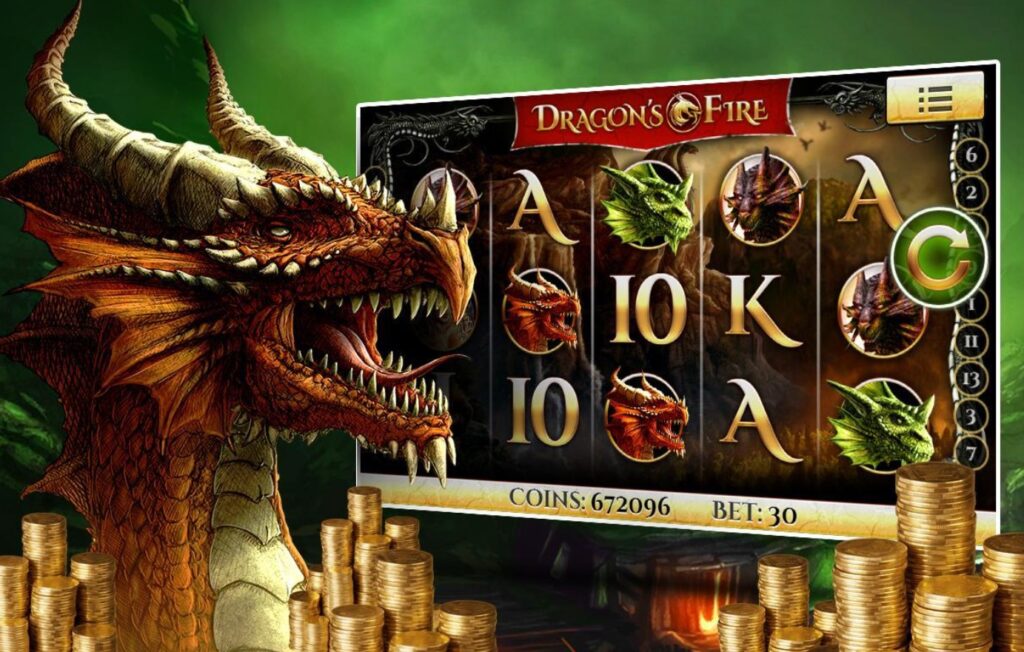Slot games have been a cornerstone of both land-based and online casinos for decades. Their appeal is universal, attracting players with a combination of simplicity, entertainment, and the potential for big wins. From the early mechanical machines to today’s cutting-edge digital experiences, slot games have undergone a remarkable transformation. This article explores the history, mechanics, and future of link slot gacor hari ini games, shedding light on their lasting popularity and innovation in the gaming industry.
The Birth of Slot Machines
The first slot machine, known as the “Liberty Bell,” was invented by Charles Fey in 1895 in San Francisco. This mechanical device had three spinning reels and five symbols—diamonds, spades, hearts, horseshoes, and the Liberty Bell. Players pulled a lever to start the reels and won if they aligned the symbols in a certain pattern. The Liberty Bell machine was a huge success, becoming the foundation for the modern slot machines we know today.
Over the next few decades, slot machines evolved with the addition of more reels and a variety of symbols. The introduction of electrical components in the 1960s led to the first fully electronic slot machines, enhancing the gameplay and payout structures. The development of the “one-armed bandit”—a machine that required a lever to activate the reels—became synonymous with slot games for many years.
The Rise of Video Slots
The 1970s marked the transition from mechanical slot machines to video slots. The first video slot machine, “Fortune Coin,” was introduced in 1976 by a company called Fortune Coin Co. This innovation replaced the physical reels with a video screen, allowing for more advanced graphics, complex animations, and additional gameplay features. Video slots quickly became popular, and casinos embraced the opportunity to offer more exciting and visually stimulating experiences.
The 1990s saw further advancements, with the rise of progressive jackpots. These slots allowed players to pool their bets into a central jackpot that could grow to extraordinary sums, sometimes reaching millions of dollars. Popular games like “Mega Moolah” and “Wheel of Fortune” set new standards in terms of prize pools, attracting a global audience eager for the chance to win life-changing amounts of money.
Online Slots: A Digital Revolution
With the advent of the internet in the late 1990s, online casinos emerged, offering digital versions of traditional casino games, including slots. This move to the digital realm significantly expanded the reach of slot games. Players could now access their favorite slot machines from the comfort of their homes or even on the go with mobile devices.
Online slots offered a wide variety of themes and features, enabling developers to experiment with storylines, bonus rounds, and special symbols. The integration of random number generators (RNGs) ensured fair gameplay by providing unpredictable results for each spin. The convenience and variety of online slots quickly made them a dominant force in the gambling industry.
The Mechanics of Slot Games
At their core, slot games rely on the principle of randomness. Each spin is determined by an RNG, ensuring that no two spins are alike. Slot machines typically have a set of reels (usually 3 to 5) and paylines (the paths on which winning combinations can land). A player’s goal is to align matching symbols on active paylines to win a payout.
Modern video slots feature a wide range of special symbols, such as wilds, scatters, and multipliers. Wilds substitute for other symbols to form winning combinations, while scatters can trigger bonus rounds, free spins, or other rewards. Multipliers increase the payout of winning combinations by a certain factor.
Bonus features have become a key attraction in slot games. These include interactive mini-games, free spins, and bonus wheels that offer additional opportunities to win. Such features add depth and excitement to gameplay, making it more engaging for players.
Popular Themes and Innovations
One of the key factors behind the success of modern slot games is their wide range of themes. Game developers have explored countless topics, from ancient mythology and popular movies to fantasy worlds and historical events. Slots based on famous brands, celebrities, or TV shows are particularly popular, giving players the chance to experience their favorite media in a new, interactive format.
Innovation in design and technology has also brought immersive experiences such as 3D graphics, augmented reality (AR), and virtual reality (VR) to slot games. Some slots now feature cinematic animations, advanced soundtracks, and interactive bonus rounds that make players feel like they are part of the story. Additionally, mobile-friendly slots have become the norm, ensuring that players can enjoy these games anytime, anywhere.

